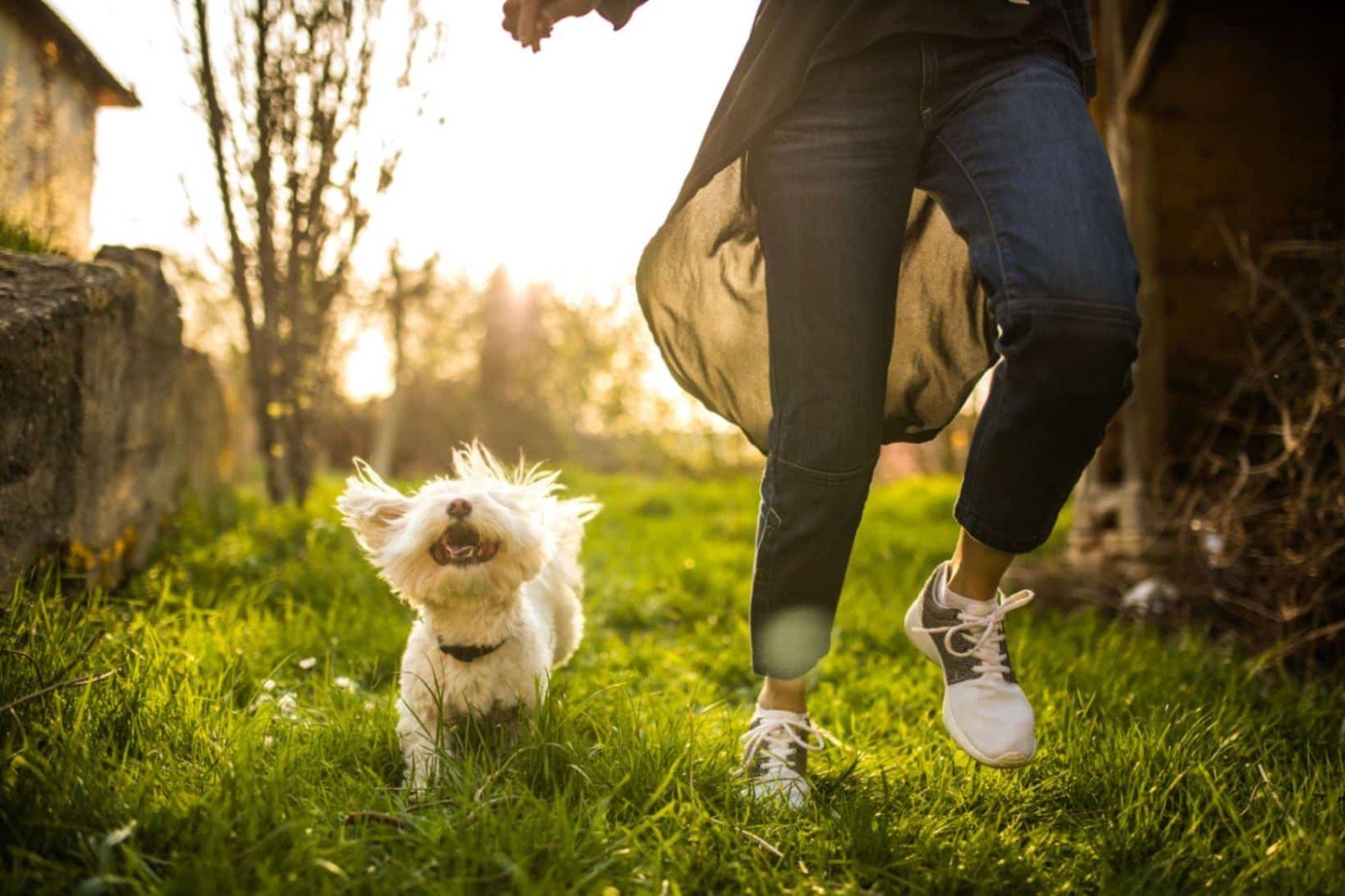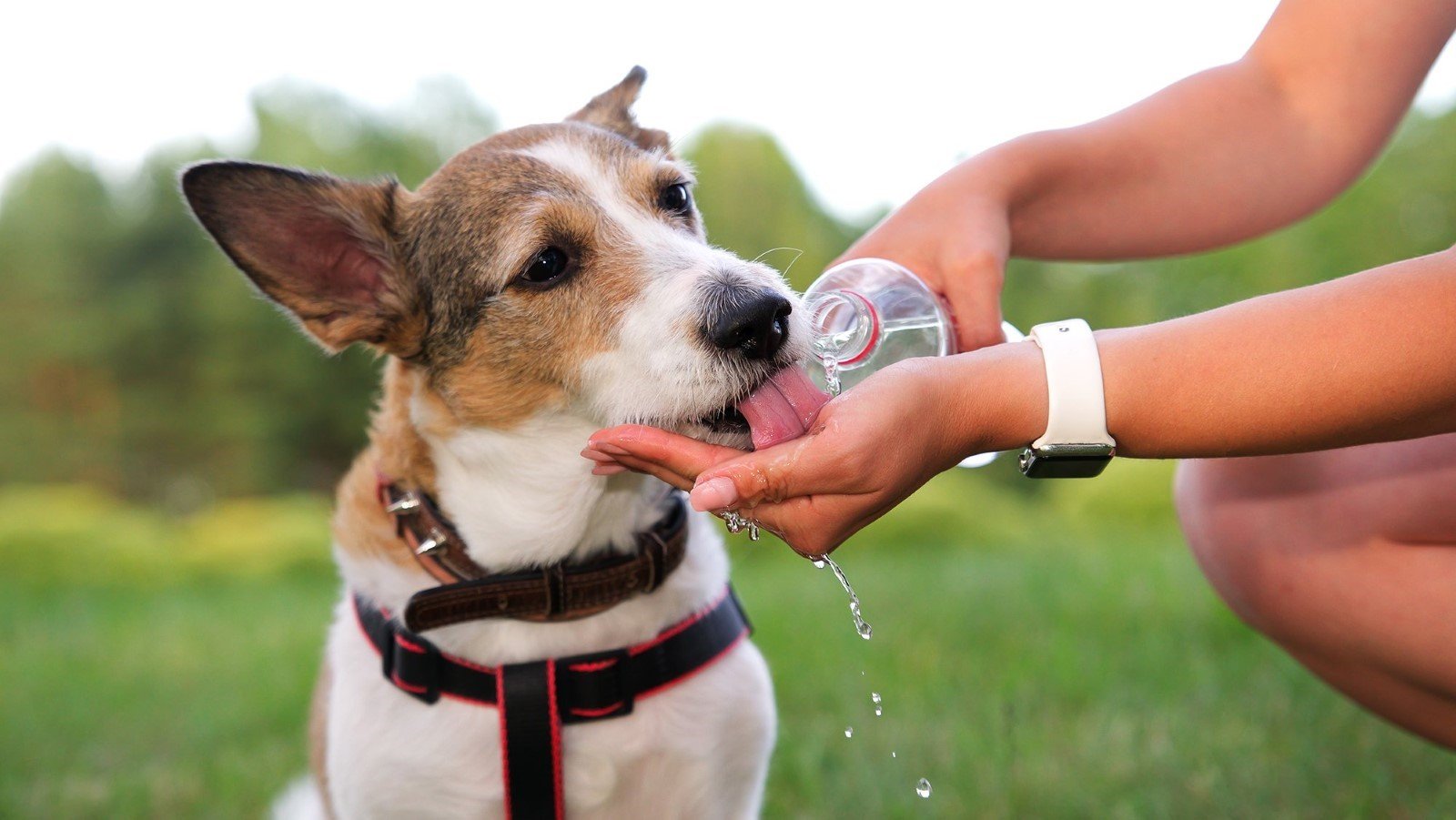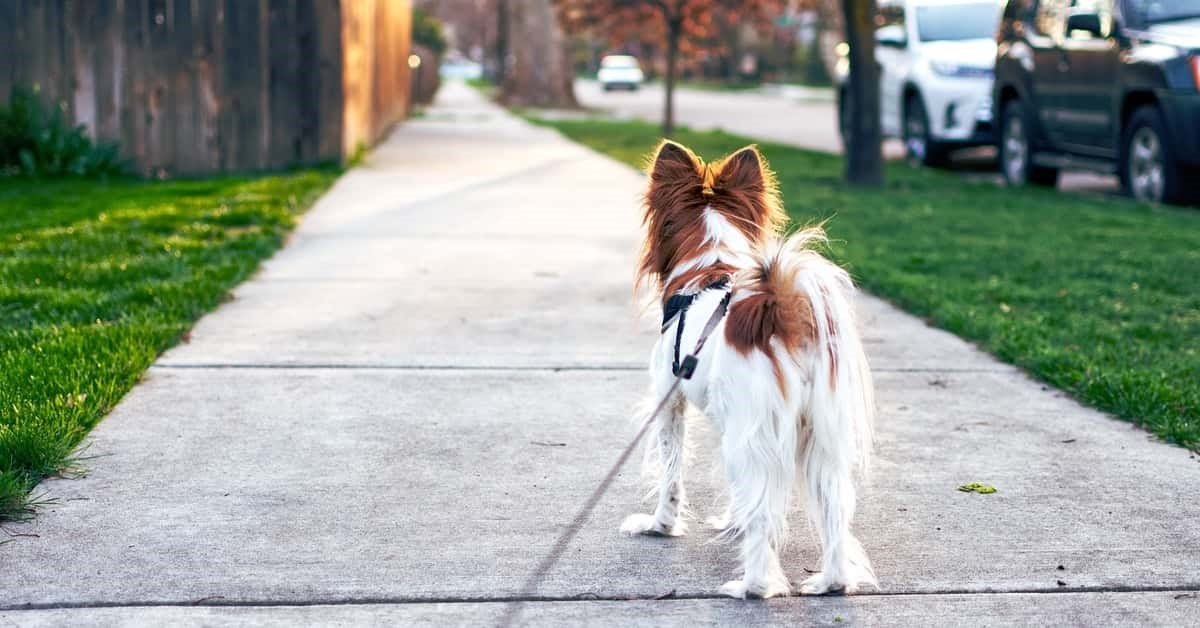10 Things Veterinarians Say You Should Never Do When Walking Your Dog
As a dog owner, taking your dog for a walk is an essential part of their daily routine. However, there are certain practices that veterinarians strongly advise against during these outings. In this latest guide, we'll explore the top 10 things you should avoid when walking your dog, ensuring both their safety and well-being.
Top 10 Things You Should Avoid When Walking Your Dog
1. Never Use a Retractable Leash
Retractable leashes may seem convenient, but they pose significant risks to both dogs and their owners. These leashes can extend up to 26 feet, giving dogs too much freedom in potentially dangerous situations. Veterinarians caution against their use for several reasons:
- Lack of control: The extended length makes it difficult to quickly reel in your dog if needed.
- Injury risk: The thin cord can cause severe cuts or burns if it wraps around limbs.
- Encouraging pulling: Dogs may learn to pull constantly, as the leash provides little resistance.
Instead, opt for a standard 4-6 foot leash, which offers better control and promotes safer walking habits.
2. Don't Skip the Collar or Harness
Proper identification is crucial when walking your dog. Veterinarians stress the importance of always having your dog wear a collar with up-to-date ID tags. This simple step can make a world of difference if your dog ever gets lost. Consider these points:
- Microchipping: While essential, it's not a substitute for visible ID tags.
- Harnesses: For dogs that pull or have respiratory issues, a harness can be a safer alternative to a collar.
- Regular checks: Ensure the collar or harness fits properly and isn't worn out.
3. Avoid Letting Your Dog Approach Other Dogs Without Permission

While socializing is important for dogs, allowing your pet to approach other dogs without permission can lead to dangerous situations. Veterinarians recommend always asking the other owner before allowing dogs to interact. Here's why:
- Unknown temperaments: Not all dogs are friendly or comfortable with strangers.
- Health concerns: Some dogs may be recovering from illness or surgery.
- Training disruption: It can interfere with training efforts for both dogs.
Respect other dog owners and their pets by maintaining a safe distance unless given explicit permission to approach.
4. Don't Ignore Your Dog's Body Language
Understanding and responding to your dog's body language is crucial during walks. Veterinarians emphasize the importance of recognizing signs of stress, fear, or discomfort. Pay attention to:
- Tail position: A tucked tail often indicates fear or anxiety.
- Ear position: Flattened ears can signal discomfort or aggression.
- Body posture: A tense or crouched stance may indicate stress.
By being attuned to these signals, you can better respond to your dog's needs and prevent potential issues.
5. Never Force Your Dog to Walk in Extreme Weather
Veterinarians strongly advise against forcing your dog to walk in extreme weather conditions. This includes both hot and cold temperatures. Consider the following:
- Hot weather: Pavement can burn paw pads, and dogs can quickly overheat.
- Cold weather: Some breeds are more susceptible to cold and may need protective gear.
- Alternatives: Indoor exercise or shorter, more frequent walks during extreme weather.
Always prioritize your dog's comfort and safety over sticking to a rigid walking schedule.
6. Don't Allow Your Dog to Eat or Drink Unknown Substances
During walks, it's common for dogs to show interest in various scents and objects. However, veterinarians warn against allowing your dog to consume anything they find outdoors. This includes:
- Standing water: It may contain harmful bacteria or parasites.
- Unknown plants: Some can be toxic to dogs.
- Discarded food: It could be spoiled or contain ingredients harmful to dogs.
Stay vigilant and discourage your dog from ingesting anything unfamiliar during walks.
7. Never Skip Picking Up After Your Dog

Responsible pet ownership includes always cleaning up after your dog during walks. Veterinarians stress the importance of this practice for several reasons:
- Public health: Dog feces can spread diseases to humans and other animals.
- Environmental impact: It can contaminate water sources and harm local ecosystems.
- Community relations: It's a matter of courtesy and helps maintain positive relationships with neighbors.
Always carry waste bags and dispose of them properly in designated bins.
8. Don't Forget to Bring Water on Longer Walks
Hydration is crucial for dogs, especially during extended walks or in warm weather. Veterinarians recommend always carrying water for your dog. Consider these points:
- Frequency: Offer water every 15-20 minutes during longer walks.
- Portable options: Collapsible bowls or bottle attachments make it easy to provide water on the go.
- Signs of dehydration: Watch for excessive panting, dry gums, or lethargy.
Keeping your dog properly hydrated helps prevent heat exhaustion and ensures a more enjoyable walking experience.
9. Never Use Punishment-Based Training Methods During Walks
Veterinarians strongly discourage the use of punishment-based training methods, especially during walks. These can include:
- Choke chains: They can cause physical harm and increase anxiety.
- Shock collars: These devices can lead to fear and aggression.
- Harsh verbal corrections: They can damage the bond between you and your dog.
Instead, focus on positive reinforcement techniques to encourage good behavior during walks.
10. Don't Ignore Regular Health Check-ups and Preventative Care

Regular veterinary check-ups are essential for maintaining your dog's health, including their ability to enjoy walks. Veterinarians emphasize the importance of:
- Annual exams: To catch potential health issues early.
- Vaccinations: To protect against diseases that can be contracted outdoors.
- Parasite prevention: Regular treatments for fleas, ticks, and worms.
By staying on top of your dog's health, you ensure they're always ready for safe and enjoyable walks.
Frequently Asked Questions
How long should I walk my dog each day?
The ideal walking duration varies depending on your dog's breed, age, and health status. Generally, most dogs benefit from 30 minutes to 2 hours of exercise daily, split into multiple walks.
Is it okay to let my dog off-leash during walks?
Off-leash walking should only be done in designated areas where it's legal and safe. Your dog should have excellent recall skills and be well-socialized before considering off-leash walks.
How can I make walks more enjoyable for my dog?
Incorporate variety by exploring new routes, allowing sniffing time, and introducing simple training exercises during walks. This mental stimulation can greatly enhance the walking experience for your dog.
What should I do if my dog refuses to walk?
First, rule out any health issues by consulting your veterinarian. If health isn't a concern, try making walks more exciting with toys or treats, or gradually increase walk duration to build stamina.
How can I prevent my dog from pulling on the leash?
Consistent training using positive reinforcement techniques is key. Reward your dog for walking calmly beside you, and stop walking when they pull. With patience and practice, most dogs can learn to walk politely on a leash.
Conclusion
Walking your dog is more than just a daily chore; it's an opportunity to bond, provide exercise, and enrich your pet's life. By avoiding these 10 common mistakes, you can ensure that your walks are safe, enjoyable, and beneficial for both you and your furry companion.
Remember, every dog is unique, so always consult with your veterinarian for personalized advice on your pet's exercise needs and walking routines. With the right approach, your daily walks can become a highlight of both your and your dog's day.
Learn More...
Is It Too Late To Train My Dog
5 Essential Rules of Dog Training
How to Become a Police Dog Trainer?
Join Our Community!
At Petzooie.com, we're more than just a website—we're a family of pet lovers who share your passion. Discover the best tips, advice, and resources for your beloved pets. Stay updated with our latest articles and join a vibrant community dedicated to pet care excellence. Follow us on Instagram @petzooie to stay up to date with our weekly blog articles!









Comments